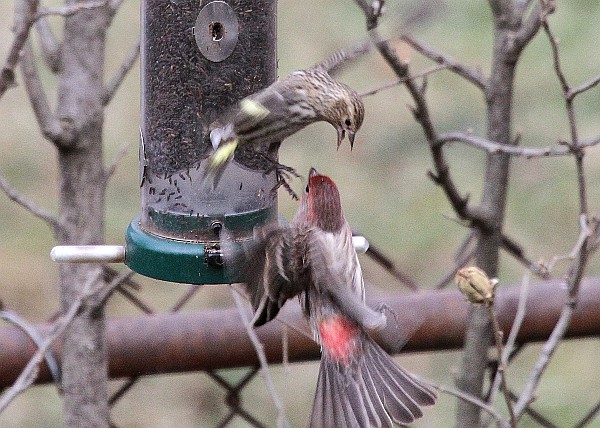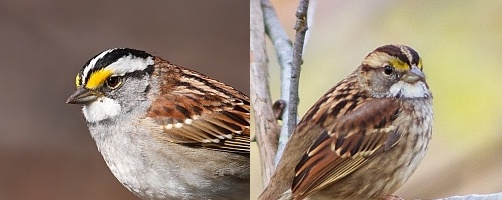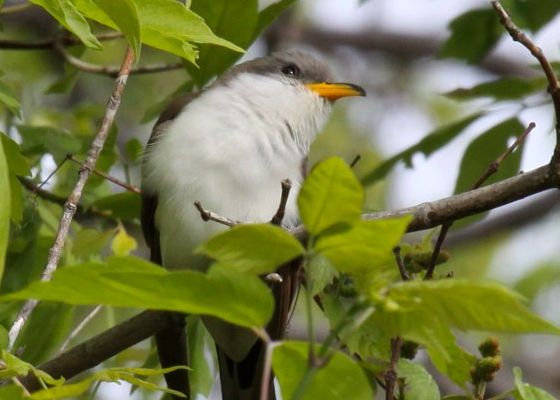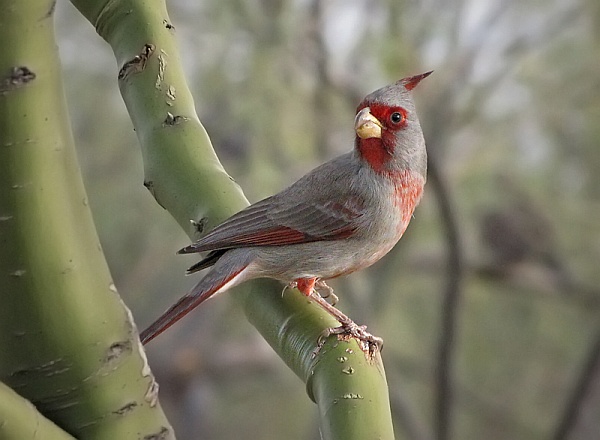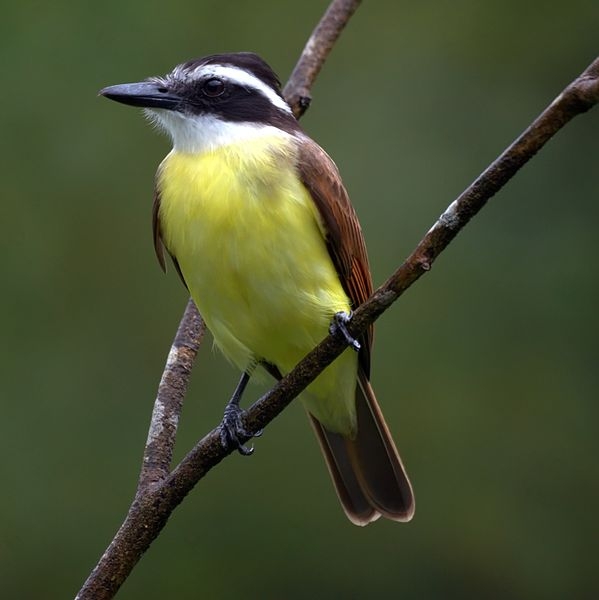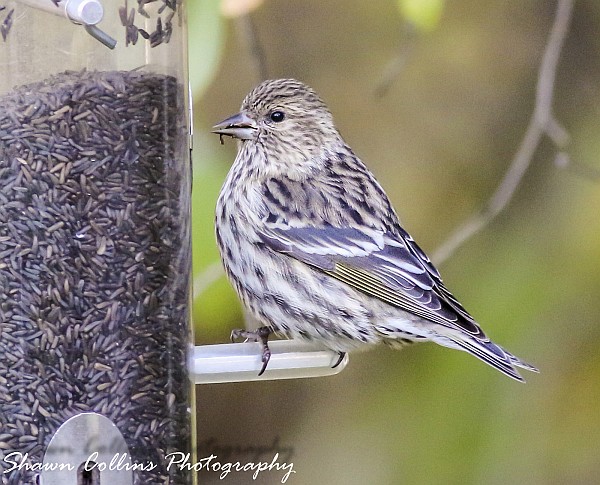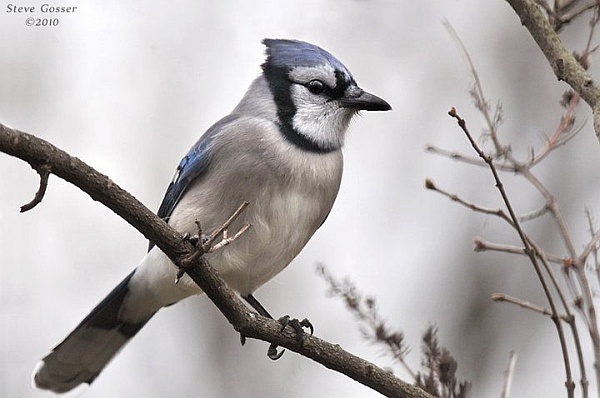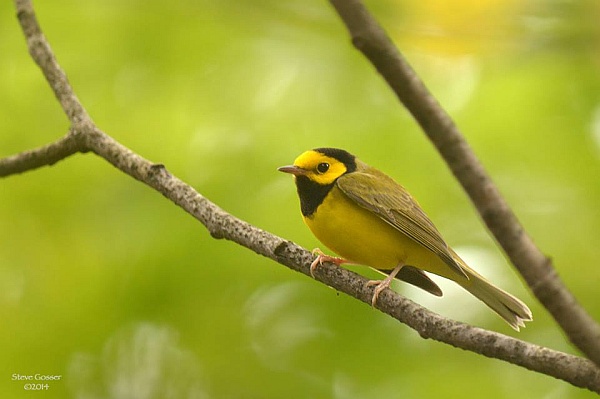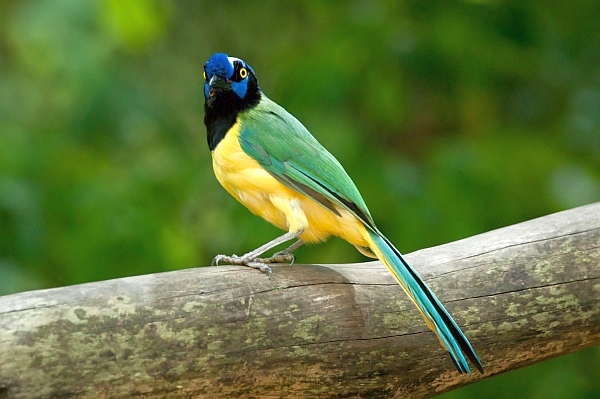
Have you ever seen a green jay? I haven’t yet, but I’ve haven’t been in his native range until today.
While my husband holds the fort at home I’ve flown to the Rio Grande Valley Birding Festival in Harlingen, Texas, just inside the northern edge of the green jay’s range. I hope I see this Life Bird. He’s common in Central and South America but you have to be in this corner of Texas to see him in the U.S.
In Texas Cyanocorax yncas is called a green jay but many jays are green in Central and South America so elsewhere he’s called an Inca jay, Querrequerre, Quinquín, Querqués or Carriqui.
The bird in the photo above is a “querrequerre” from Venezuela. His South American population is separated from the Central American group by 900 miles so a querrequerre looks slightly different and uses different habitats than the green jay of Texas. He’s larger, has a crest, and lives in humid forests instead of mesquite thickets and open woodland as they do in Texas.
He also has an attitude that’s given his onomatopoeic Spanish name an additional meaning. In Venezuela querrequerre is slang for a grumpy person with a bad temper who’s easily upset and angered.
An article by Eduardo Lopez for Audubon of Venezuela explains how the jay got this bad name. As an example, he tells the story of a ranger at El Ávila National Park who tried to rescue a trapped querrequerre and was attacked by the querrequerre’s family. The birds drew blood! Obviously it was a big misunderstanding but the ranger swore he would never help those jays again. (If you can’t read Spanish, use Goggle Chrome or Google Translate when you click on this link to Lopez’ article.)
Do green jays in Texas have bad tempers?
I hope to find out in the next five days.
(photo from Wikimedia Commons, taken in Warairarepano National Park, Caracas, Venezuela. Click on the image to see the original.)
p.s. Some day the South American Cyanocorax yncas may be called a separate species.
